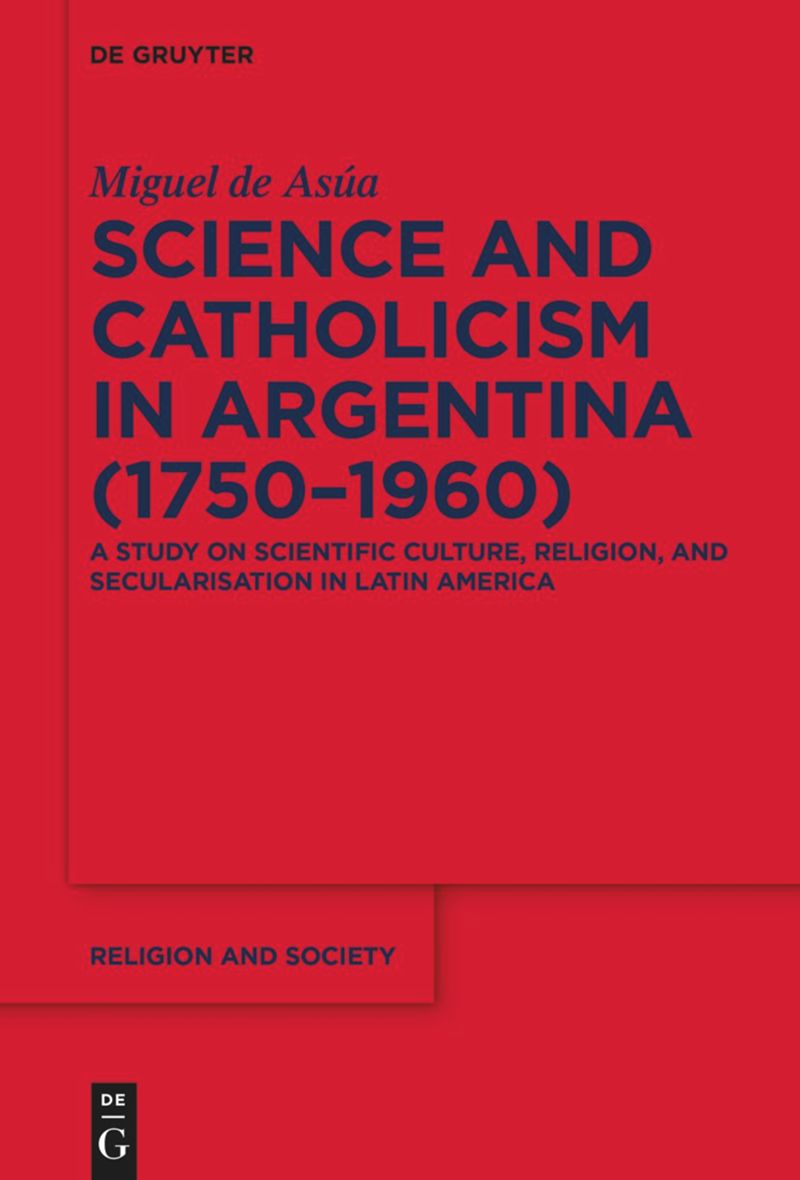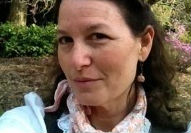February 2019
Birthing houses” or “birthing centers” were initially developed in reaction to perceived excesses of the medicalization of childbirth. The birthing house movement started in the 1970s in California, then spread to other cities and countries. These houses aspire to reproduce a home-like environment, with a minimum of medical surveillance and interventions during childbirth, and the encouragement of the presence of family members and friends during delivery.
The paper The birthing house as a place for birth: contextualizing the Rio de Janeiro birthing house (HCSM vol.25 no.4 Rio de Janeiro Oct./Dec. 2018), by researcher Ilana Löwy (CERMES , France) explores women’s experiences in Casa de Parto David Capistrano Filho (CPDCF), a service offered by Brazilian public health system (SUS). CPDF shares with other birthing houses the promotion of exclusively natural, physiological and de-medicalized childbirth and full control by non-medical staff (nurses, midwives) of the birth process.
Since CPDCF is staffed by obstetric nurses and has no surgical facilities, it cannot administer epidural anesthesia and has no means of dealing with severe complications during childbirth. CPDCF’s staff strongly adhere to the view that childbirth is a normal physiological process.
The paper also says that women who give birth at CPDCF report they are satisfied with their experience. The main reason they give for their satisfaction is the individualized attention and care they receive.
Related articles in Manguinhos:
Löwy, Ilana. The birthing house as a place for birth: contextualizing the Rio de Janeiro birthing house. Hist. cienc. saude-Manguinhos, Dec 2018, vol.25, no.4.
Medeiros, Adriana. A Casa de Parto David Capistrano Filho pelas lentes de uma fotógrafa. Hist. cienc. saude-Manguinhos, Dez 2018, vol.25, no.4.











